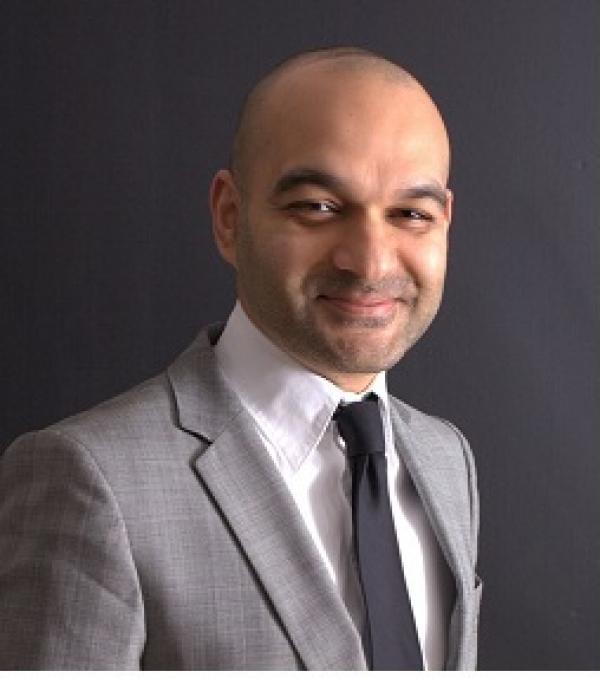Towards an Understanding of Braamfontein Activism

Civil society activists in Johannesburg are usually associated with protest marches, t-shirts with cool slogans, and Braamfontein. As an employee of the South African Human Rights Commission, I attend meetings instead of protest marches and wear suits instead of cool t-shirts.
The one thing I have in common with my civil society friends is Braamfontein.
Several prominent civil society organizations have offices or attend meetings and workshops in Braamfontein and can often be spotted at local eateries, sipping a cortado at Father or swapping activist stories at Love Food. They all look so young, energetic and determined. And despite my advanced age and pinstriped suits, my activist friends always acknowledge me with a fist bump or a quick conversation when we see each other at one of the local eateries.
As part of my studies, I conducted an anonymous survey of twenty-six activists based at one of these Braamfontein civil society organizations. In order to protect the identity of the organization that was kind enough to allow me to survey their members, I will not reveal the name of the organization nor indicate whether they are one of those organizations physically located in Braamfontein or who visit Braamfontein for meetings and workshops.
The survey assessed the level and nature of activism that members of this civil society organisation were involved in. While some of the survey results were unsurprising, some reveal interesting insights into the nature of activism civil society is engaged in. Out of the group of activists surveyed, about 69% had attended a community meeting, while 27% indicated they would attend a community meeting if they had the chance. Only 4% indicated they would never attend a community meeting.
The activists were then asked whether they had ever met with a group to raise an issue. About 42% indicated they had done so several times and 31% stated they had done so often. When the activists were asked whether they had attended a demonstration or protest march, the overwhelming majority of activists, 83%, had done so.
Compared to the results of the national Afrobarometer survey which revealed that only 11% of South Africans had attended a protest in 2011, the level of activism among the Braamfontein civil society respondents was remarkably high.
These results are of course not surprising. We all expect activists to attend protest marches and wear t-shirts with cool slogans.
But what the survey also revealed was that when activists were asked whether they had ever contacted an official in a government agency to raise a concern, 50% of respondents indicated that they had never done so. About 27% had only contacted a government official once, while 12% had done so a few times and 4% had done so often.
When the activists were asked whether they had ever contacted a member of parliament about an important problem, 69% indicated that they had never done so. About 12% stated they had contacted a member of parliament only once, while 8% revealed that they had done so a few times.
So what does this all mean? My civil society friends in Braamfontein appear to be more willing to participate in a protest march (83%) than contact a government official (43%) or a member of parliament (20%). And if you thought that civil society activists were perhaps more willing to access government officials and members of parliament through political parties, you would be wrong. About 65% had never contacted a political party official, while 15% had contacted a party official only once.
What this study reveals is that some civil society organizations may be working outside the established government mechanisms set up to deal with the concerns of citizens. It may be easier to protest outside parliament than to engage directly with members of parliament.
At the same time, civil society activists may argue that members of parliament are not that accessible. Perhaps, activists have a limited understanding of how to access parliament and to raise concerns with their elected representatives.
Unfortunately, my study does not explore the reasons why activists choose to protest rather than engage a government official. What it does reveal is that while civil society may comprise of highly active citizens, the mechanisms they use to raise concerns appear slanted toward community meetings and protest marches. There is little direct engagement with government officials - the people who these protests are often aimed at.
While this analysis may appear critical of civil society and could potentially reduce the number of fist bumps I receive from activists I meet at various Braamfontein eateries, I would like to suggest that my critique also extends to the mechanisms government uses to engage citizens. On the one hand, it would be unfair to blame the government for not engaging its citizens when the mechanisms established for this purpose are not being utilized by civil society. At the same time, if the mechanisms established by the government are ineffective and inaccessible, then can you really blame the activists?
Perhaps the solution is to combine the pinstripe suits and the t-shirts with cool slogans. We need protest marches and community engagements, but also meetings with government officials and members of parliament. And the Human Rights Commission would be happy to arrange these meetings – in Braamfontein of course.
Kayum Ahmed is the CEO of the South African Human Rights Commission.
Support independent journalism
Donate using Payfast

Next: Langa protest in photos

This article is licensed under a Creative Commons Attribution-NoDerivatives 4.0 International License.
